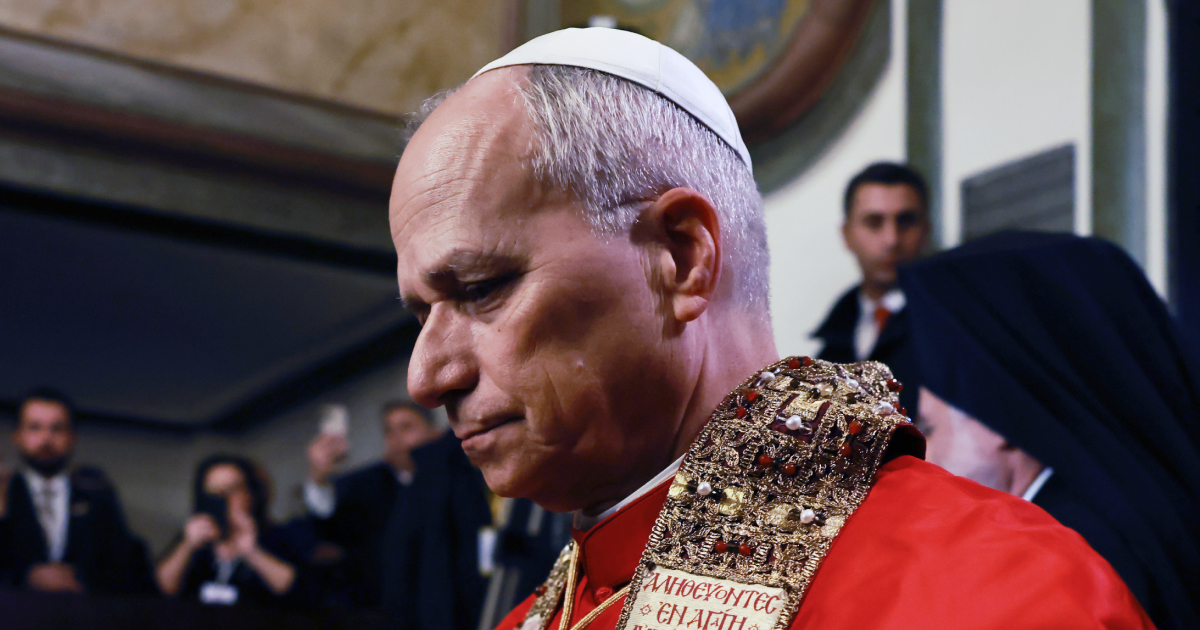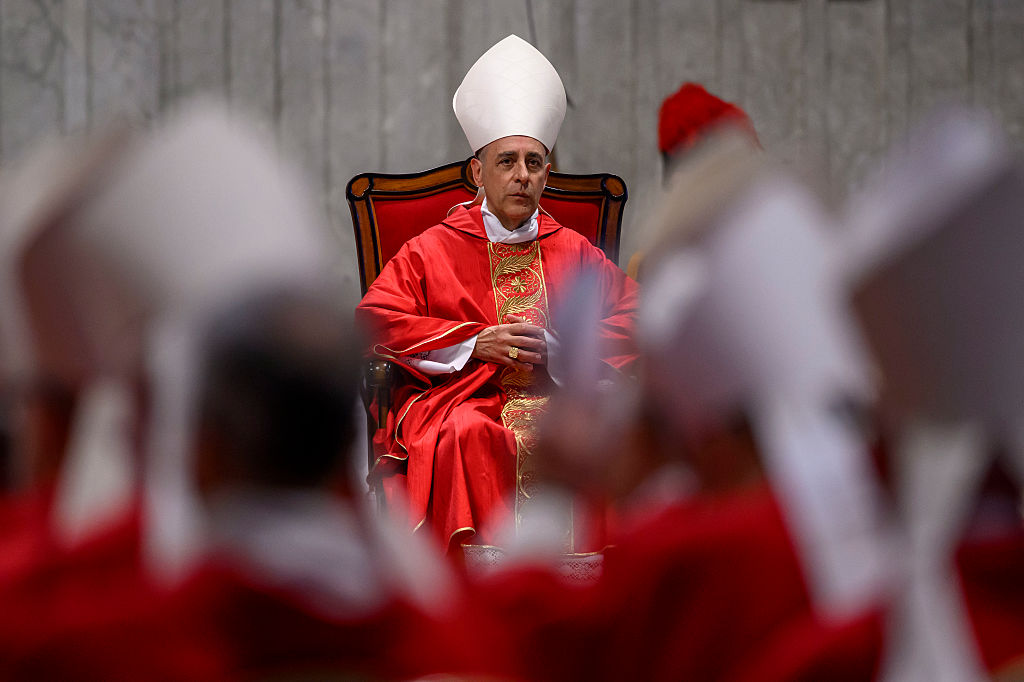Pope Leo has canonised Blessed Peter To Rot, a lay catechist from Papua New Guinea who was executed in 1945 for defending Christian marriage during the Japanese occupation of his homeland.
The canonisation, celebrated before tens of thousands of people in St Peter’s Square on Sunday, makes To Rot the first saint from Papua New Guinea and a symbol of faith in the Pacific.
Born in Rakunai village on the island of East New Britain in 1912, Peter ToRot was the son of one of the first local converts to Catholicism. Trained by the Missionaries of the Sacred Heart, he served as a catechist and schoolteacher, instructing his community in the faith and preparing couples for marriage.
When Japanese forces invaded in 1942, foreign missionaries were imprisoned, and ToRot quietly continued their pastoral work. His public opposition to polygamy, which was reintroduced under Japanese rule, drew suspicion and hostility from the occupying authorities.
In 1945, he was arrested for refusing to renounce his faith and died in prison after being injected with a fatal substance. Witnesses described him as calm and prayerful in his final days. His body was later buried at Rakunai, where a small shrine now attracts pilgrims.
Saint Pope John Paul II beatified him during his visit to Papua New Guinea in 1995, calling him a “witness to the sanctity of Christian marriage”. For decades, Catholics in the region have prayed for his canonisation, with devotion to the new saint growing steadily among both clergy and laity.
Pope Francis approved ToRot’s canonisation earlier this year, shortly before his death, and Pope Leo XIV continued the process by presiding over the ceremony in Rome.
The canonisation was part of a liturgy that also elevated six other blesseds from around the world. Large groups of Papua New Guinean pilgrims travelled to the Vatican, many wearing traditional dress and carrying portraits of the new saint, while celebrations were held simultaneously in Rabaul and Port Moresby.
Saint Peter ToRot’s canonisation marks a milestone for a Church still young in the region. Catholicism reached Papua New Guinea less than 150 years ago, and the country’s first native clergy were ordained only in the mid-twentieth century. For many in the universal Church, his life offers a reminder of the missionary roots of the faith and the endurance of lay witness under persecution.




.jpg)





.jpg)





